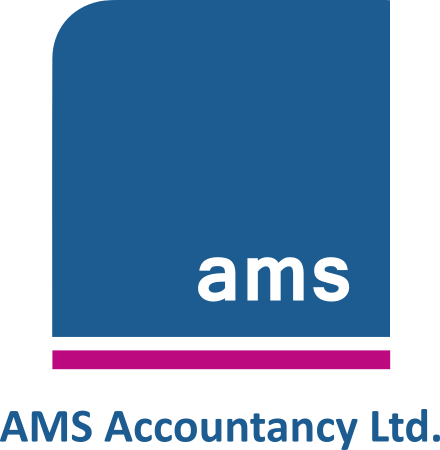Whether you are on the standard or the cash accounting scheme this is how you should complete your VAT return. The only difference is that with the standard scheme you will include all transactions as at their invoice date, whereas for the cash accounting they are included when they are paid.
Box 1 of the VAT return should show all output VAT, being VAT on sales invoices, VAT on any reverse charge expenditure, any domestic reverse charge VAT due from subcontractor invoices, and any imports accounted for through the Postponed VAT accounting scheme.
Box 2 is only for businesses in Northern Ireland
Box 3 is the total of boxes 1 and 2.
Box 4 shows all input VAT which comprises VAT on purchases; any reverse charge VAT; any domestic reverse charge VAT; for businesses in Northern Ireland, acquisitions from EU member states; and any imports accounted for through the Postponed VAT accounting scheme.
Box 5 is the difference between boxes 3 and 4, it shows the VAT amount payable (positive number) or repayable to you (negative number).
Box 6 shows the total value of all business sales and other outputs, net of VAT. This should not include any money you’ve personally paid into the business, loans, dividends received, gifts of money or insurance claims.
Box 7 shows the total value of your purchases and expenses, net of VAT, plus imports and ‘reverse charge’ transactions. This should not include wages and salary payments, PAYE & NI contributions, money taken out of the business by you, loans, dividends and gifts of money, vehicle duty (road tax) and local authority rates.
Box 8 is only for Northern Ireland businesses
Box 9 is only for Northern Ireland businesses
